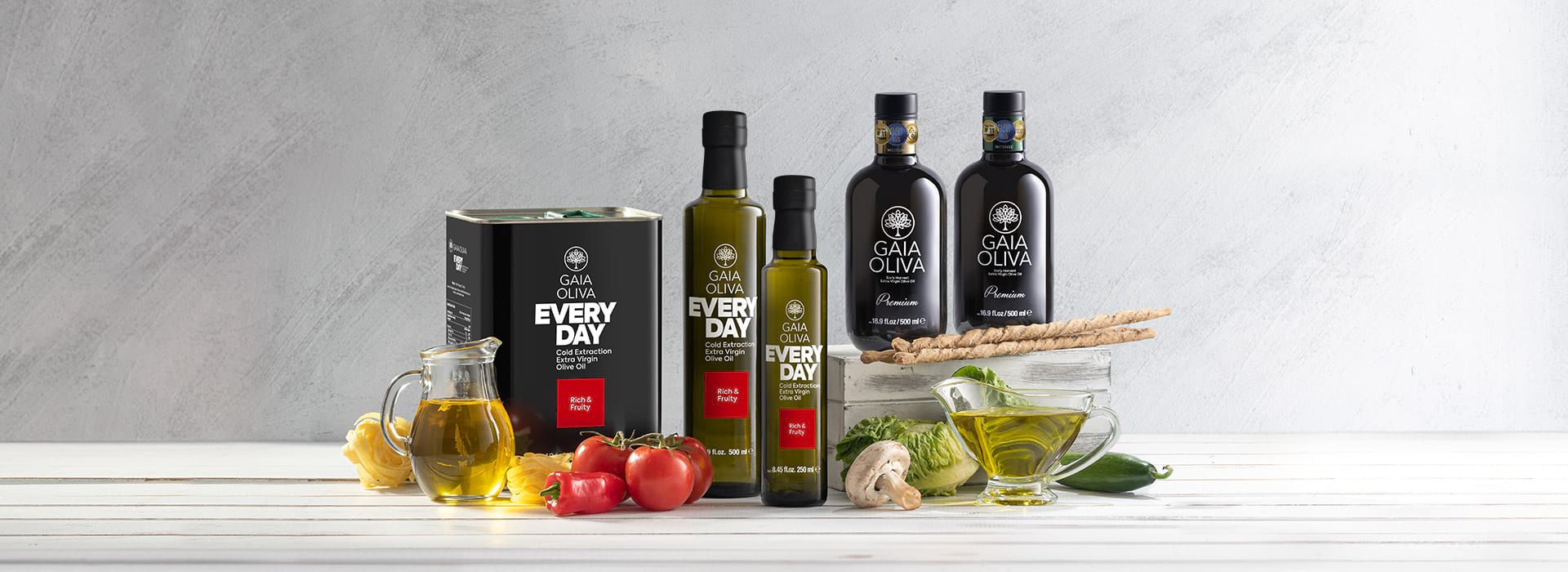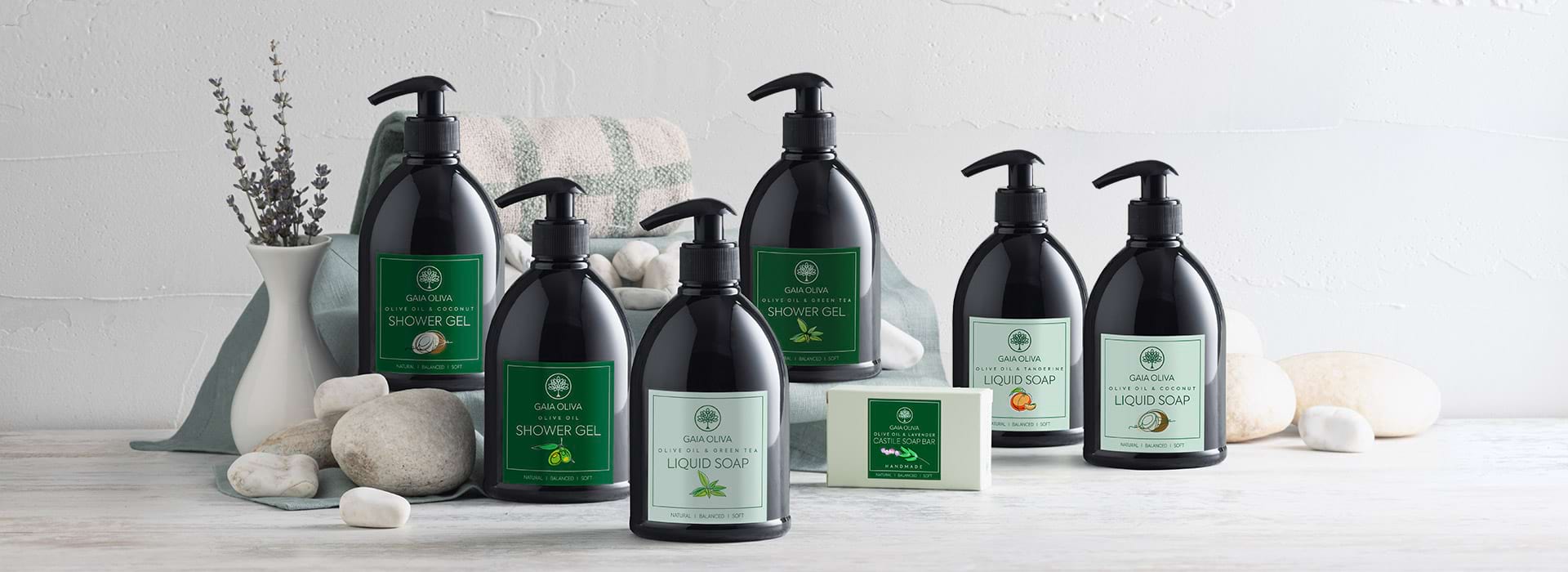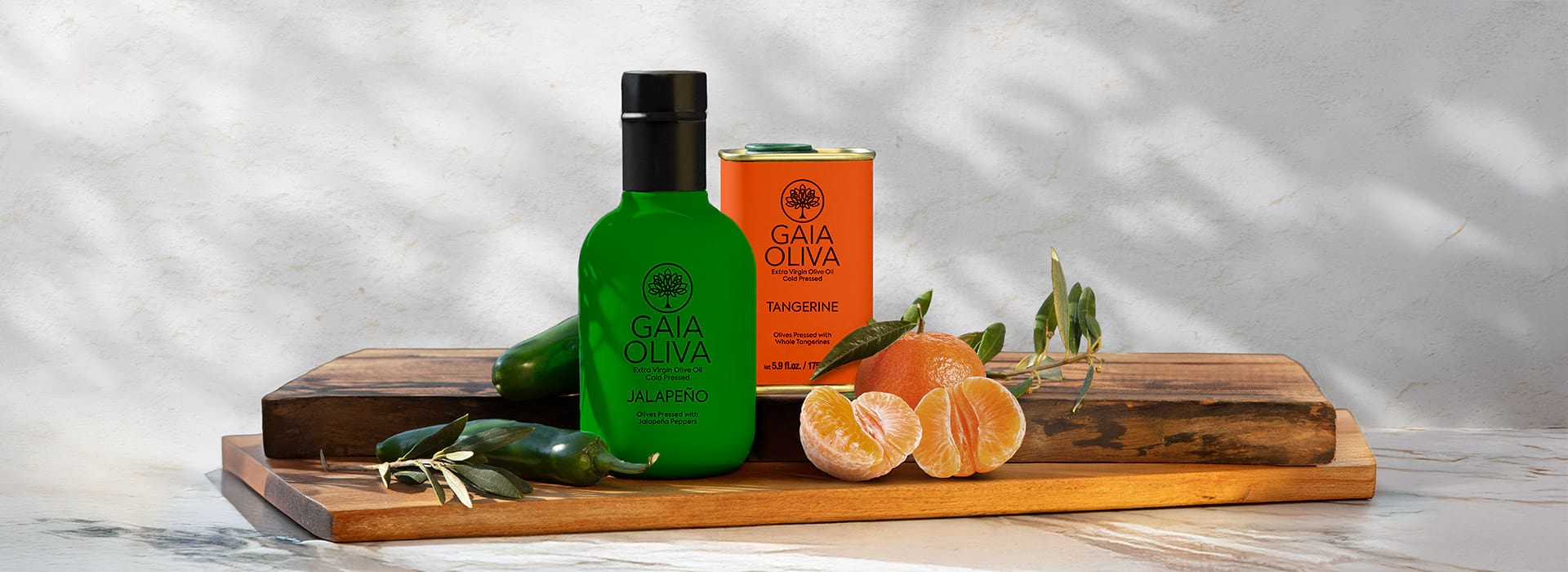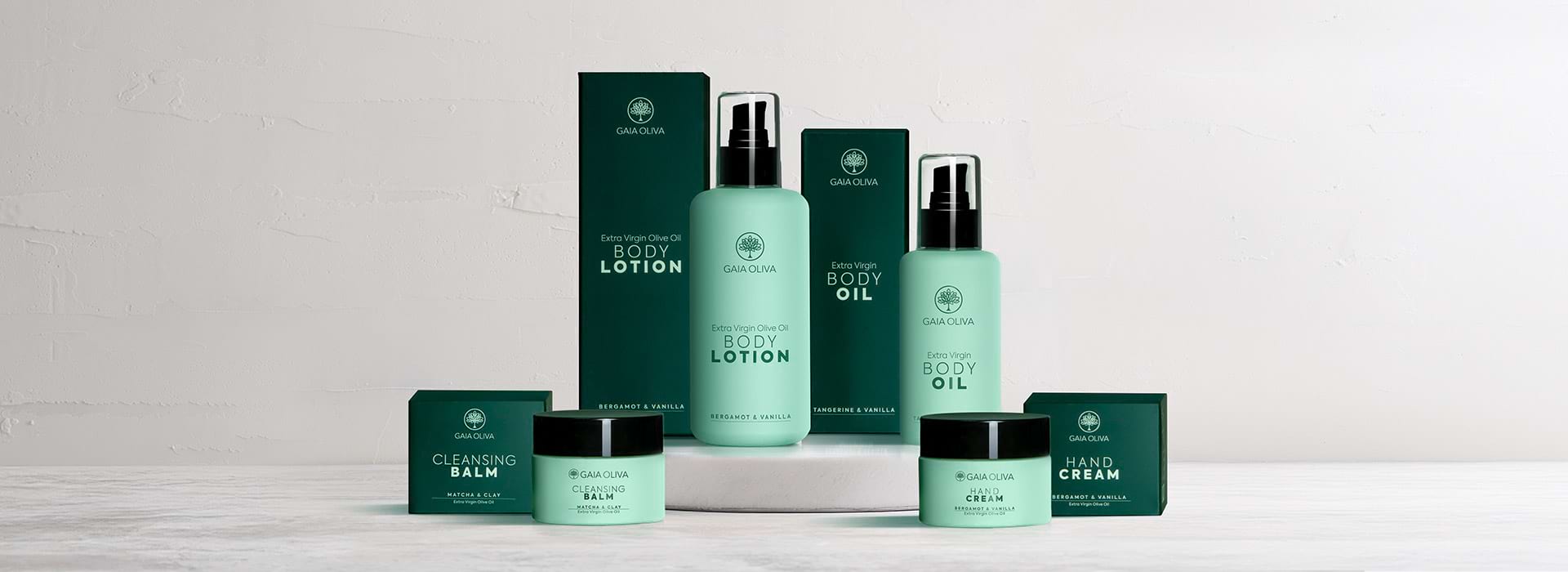A Delicious Blend of Flavors: How to Make Flavored Olive Oil
Choosing olive oil can feel like stepping into a world of endless possibilities. Among the many options available, flavored olive oil stands out—a harmonious blend of olive oil and unique aromas that elevate its taste.
Flavored olive oils have been gaining attention lately, but they’re far from a passing trend. Their roots trace back to Ancient Rome and Greece, where olive oils infused with herbs and spices were used in medicine and cosmetics. Today, they’re a favorite for those seeking bold flavors and aromatic delights in their olive oil. So, how exactly is flavored olive oil made?
When we think of flavored olive oil, it’s easy to imagine extra virgin olive oil paired with bold ingredients like spices, fresh herbs, or garlic. While that’s the general idea, the secret to its flavor lies in the careful production process that turns this concept into a truly unique olive oil variety.
Let’s dive into the details and uncover what makes flavored olive oil so special.
What Is Flavored Olive Oil?
Olive oil, as we know, is made by pressing the fruit of the olive tree. The variety of olive oils depends on factors such as harvest timing, olive type, and the pressing methods used.
Flavored olive oil is a category all its own, defined in Turkey by the Turkish Food Codex Olive Oil and Pomace Oil Communiqué. It’s described as olive oil enriched with added spices, herbs, fruits, or vegetables, resulting in a product that’s as versatile as it is flavorful.

How Is Flavored Olive Oil Made?
Flavored olive oil can be made using a variety of production methods and flavoring agents. The key factor in determining how much the added flavor infuses into the oil is the method chosen. But the real secret lies in the type of flavoring used. You can opt for natural products, or in some cases, chemical flavoring agents may be used. To maintain the integrity of the olive oil, however, it’s always best to go with natural ingredients when making flavored olive oil.
Once the flavoring has been chosen, there are two main methods for creating flavored olive oil:
-
Adding Flavor After the Olive Oil Is Made
This method, known as the infusion technique, involves adding herbs, spices, or other flavoring ingredients to the olive oil after it's been produced. The oil is left to sit for a period of time, with regular shaking to ensure the flavors infuse well. After this process, the olive oil is filtered to remove any remaining flavoring particles.
-
Adding Flavor During the Olive Oil Production
Once the olives are harvested and sorted, they move on to the crushing stage. This is where the magic happens: the olives are mashed into a paste, and at this point, herbs and spices can be added, allowing the flavors to mix directly with the oil during extraction.
As you can see, flavored olive oil can be made either after production or during the oil extraction process. However, it’s important to choose the right method to preserve the oil’s rich, natural qualities.
Does Adding Flavor Affect Polyphenol Levels?
When we add fruits, vegetables, or spices to olive oil, it’s natural to wonder if this will impact the oil’s quality. The good news is that research shows flavoring olive oil doesn’t reduce its acidity or polyphenol content. In fact, adding flavoring agents during the crushing process can even increase the polyphenol levels.
So, where can you find flavored olive oil made with these methods? Gaia Oliva is always here to bring you the finest, all-natural options.

Rich Content, Perfect Harmony: Gaia Oliva Flavored Olive Oils
Gaia Oliva’s flavored olive oils are a beautiful fusion of unique aromas and the unmatched taste of olive oil. Crafted with care and expertise, these oils are the result of a careful process to achieve the perfect balance.
Instead of using an infusion method for production, as mentioned earlier, Gaia Oliva opts for adding flavors during the production process itself. The process involves washing and chopping fresh fruits and vegetables, then carefully pressing them together with handpicked, fresh olives. This method, discovered in Italy, ensures that the flavors blend seamlessly while preserving the rich, natural essence of the olives.
If you're looking to bring a touch of both natural ingredients and vibrant flavor to your meals, be sure to explore our range of flavored olive oils. Head over to our “Flavored Olive Oil” page to discover the perfect blend of aromas and olives.











Leave a comment